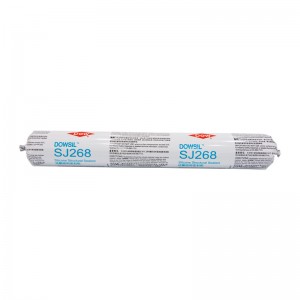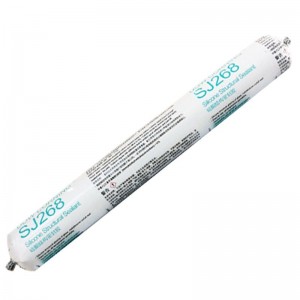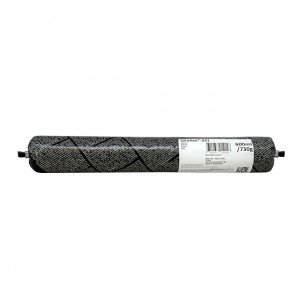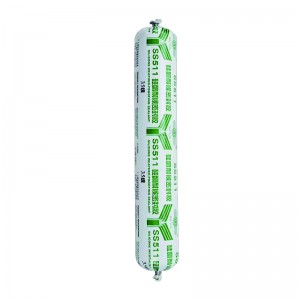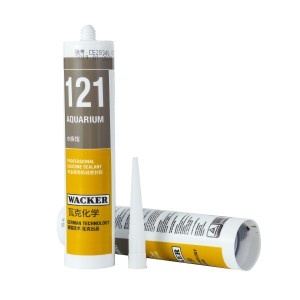DOWSIL™ SJ268 Silicone Structural Sealant
Features &Benefits
High-strength bonding: DOWSIL™ SJ268 Silicone Structural Sealant offers high-strength bonding between glass and metal frames, making it ideal for use in structural glazing applications.
Excellent adhesion: This sealant has excellent adhesion to a wide range of substrates, including glass, aluminum, steel, and many plastics. It is also compatible with most building materials.
High tensile strength: SJ268 Silicone Structural Sealant has a high tensile strength, which allows it to withstand significant stress and movement without losing its sealing properties.
Weather resistance: This sealant is highly resistant to weathering, UV radiation, and ozone, making it suitable for use in exterior applications.
Temperature resistance: Silicone Structural Sealant can withstand temperatures from -50°C to 150°C (-58°F to 302°F), making it suitable for use in high-temperature applications.
Ease of application: This sealant is easy to apply and can be tooled to a smooth finish.
Aesthetically appealing: It is available in a range of colors, including clear, white, black, and gray, to match different substrates and aesthetic requirements.
Standards adopted
DOWSIL™ SJ268 Silicone Structural Sealant has been tested and certified to comply with various industry standards and regulations. Some of the standards adopted by this sealant include:
ASTM C1184 - Standard Specification for Structural Silicone Sealants: This standard specifies the requirements for one-component structural silicone sealants used in building and construction.
ASTM C920 - Standard Specification for Elastomeric Joint Sealants: This standard covers the requirements for one-component and two-component elastomeric sealants used in building and construction.
ISO 11600 - Building construction - Jointing products: Classification and requirements for sealants: This standard specifies the classification and requirements for joint sealants used in building construction.
UL 94 - Standard for Tests for Flammability of Plastic Materials for Parts in Devices and Appliances: This standard covers the flammability testing of plastic materials used in devices and appliances.
AAMA 802.3 - Voluntary Specification for Chemical Resistant Sealants: This specification covers the requirements for chemical-resistant sealants used in building and construction.
Application method
Here are the general steps for applying the sealant:
Prepare the surface: The surface should be clean, dry, and free from any contaminants, such as oil, dust, or debris. Use a suitable cleaning solvent to remove any dirt or residue.
Install the backer rod: Install a suitable backer rod to the depth and width of the joint. This helps to ensure the correct sealant depth and provide a better seal.
Cut the nozzle: Cut the nozzle of the sealant cartridge to the desired size at a 45-degree angle.
Apply the sealant: Apply the sealant to the joint in a continuous and uniform bead. Tool the sealant with a suitable tool to ensure a smooth and even finish.
Allow the sealant to cure: DOWSIL™ SJ268 Silicone Structural Sealant cures at room temperature by reacting with moisture in the air. The cure time varies depending on temperature, humidity, and joint size, but typically ranges from 7 to 14 days.
Clean up: Clean up any excess sealant before it cures, using a suitable cleaning solvent.
Assembly conditions
Here are some recommended assembly conditions for this sealant:
The sealant should be applied to clean, dry, and sound surfaces. The surfaces should be free from any contaminants, such as oil, dust, or debris.
The recommended joint design should be followed to ensure the correct sealant depth and provide sufficient movement capability.
The joint should be designed to allow for a minimum of 25% movement in the sealant.
The ambient temperature during application should be between 5°C to 40°C (41°F to 104°F) for optimal results.
The relative humidity during application should be below 80% to prevent moisture from interfering with the curing process.


